Abhijeet Boragule
3D ResNet with Ranking Loss Function for Abnormal Activity Detection in Videos
Feb 04, 2020
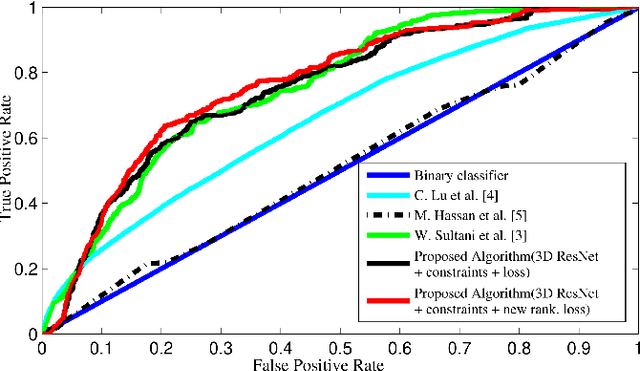
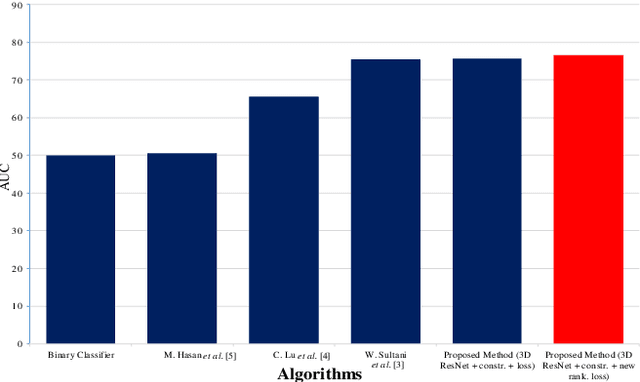
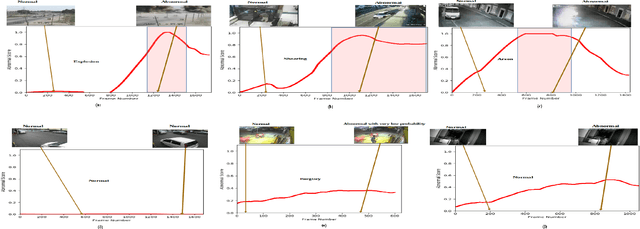
Abstract:Abnormal activity detection is one of the most challenging tasks in the field of computer vision. This study is motivated by the recent state-of-art work of abnormal activity detection, which utilizes both abnormal and normal videos in learning abnormalities with the help of multiple instance learning by providing the data with video-level information. In the absence of temporal-annotations, such a model is prone to give a false alarm while detecting the abnormalities. For this reason, in this paper, we focus on the task of minimizing the false alarm rate while performing an abnormal activity detection task. The mitigation of these false alarms and recent advancement of 3D deep neural network in video action recognition task collectively give us motivation to exploit the 3D ResNet in our proposed method, which helps to extract spatial-temporal features from the videos. Afterwards, using these features and deep multiple instance learning along with the proposed ranking loss, our model learns to predict the abnormality score at the video segment level. Therefore, our proposed method 3D deep Multiple Instance Learning with ResNet (MILR) along with the new proposed ranking loss function achieves the best performance on the UCF-Crime benchmark dataset, as compared to other state-of-art methods. The effectiveness of our proposed method is demonstrated on the UCF-Crime dataset.
Online Multi-Object Tracking with Historical Appearance Matching and Scene Adaptive Detection Filtering
Sep 18, 2018
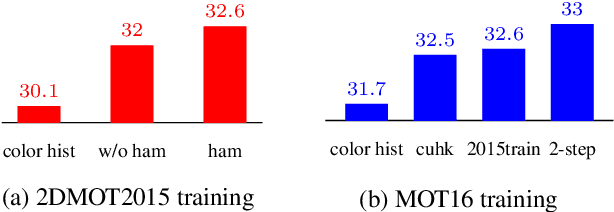
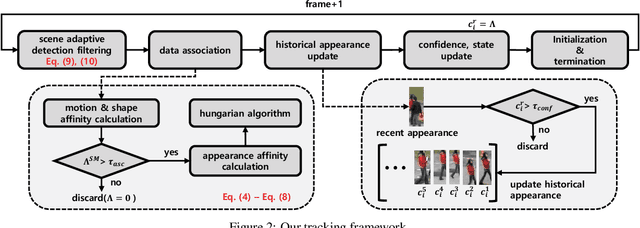

Abstract:In this paper, we propose the methods to handle temporal errors during multi-object tracking. Temporal error occurs when objects are occluded or noisy detections appear near the object. In those situations, tracking may fail and various errors like drift or ID-switching occur. It is hard to overcome temporal errors only by using motion and shape information. So, we propose the historical appearance matching method and joint-input siamese network which was trained by 2-step process. It can prevent tracking failures although objects are temporally occluded or last matching information is unreliable. We also provide useful technique to remove noisy detections effectively according to scene condition. Tracking performance, especially identity consistency, is highly improved by attaching our methods.
 Add to Chrome
Add to Chrome Add to Firefox
Add to Firefox Add to Edge
Add to Edge